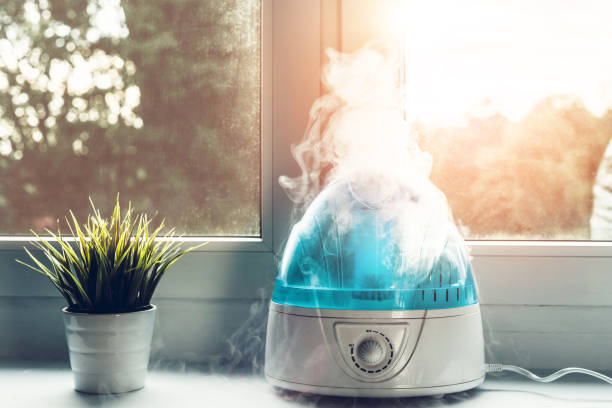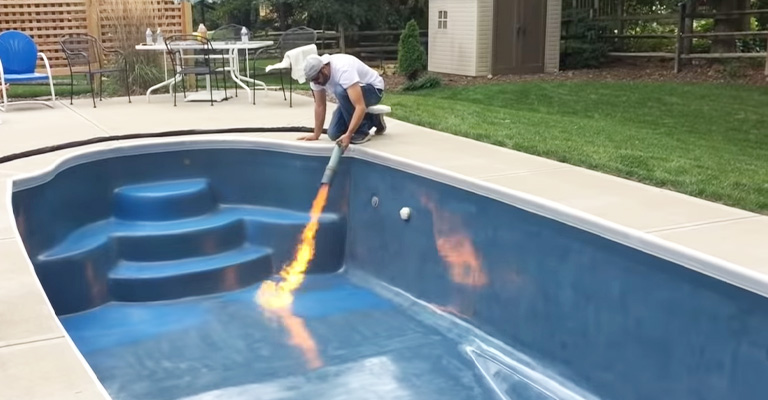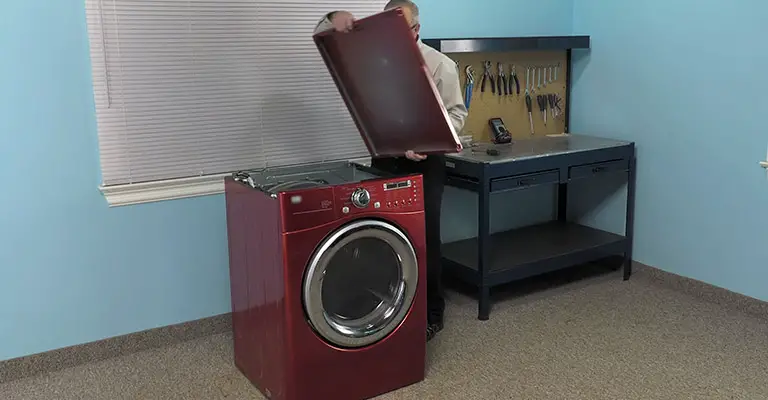A Guide on How to Get Rid of Squirrels in Attic
Every homeowner is familiar with the occasional rustling or scratching noises from the attic. But when those sounds become persistent, it might be an indication of an unwanted guest. In many homes, squirrels find their way into the attic, which provides a warm, dry, and safe place to nest. However, these little creatures can be a nuisance, causing property damage and health risks. If you’re currently dealing with this issue, this comprehensive guide will help you understand how to get rid of squirrels in your attic effectively.
Identifying the Problem
The first step in dealing with a squirrel infestation is to confirm their presence. Listen for scampering, scratching, or rolling sounds, especially during early morning or evening, when squirrels are most active. You may also notice chew marks on your home’s exterior or see squirrels going in and out of a hole in your roof.
Understand Squirrel Behavior
Understanding squirrel behavior can give you an edge when trying to remove them from your attic. Squirrels are primarily active during the day, with peaks in activity in the early morning and late afternoon. They breed twice a year, once in late winter and again in the mid-summer, which are the times they’re most likely to seek shelter in attics.
Professional Help Vs DIY
Professional pest control companies offer comprehensive services, including sealing entry points, removing squirrels, and cleaning up the aftermath. However, these services can be costly. If you’re up for the challenge, there are effective DIY methods you can use to remove squirrels from your attic.
DIY Methods to Get Rid of Squirrels
1. Trapping
One of the most effective methods is to trap the squirrels. You can purchase humane live traps from a local store or online. Place them near the entry points or areas of high activity. Once trapped, you can release the squirrels far away from your home.
2. Exclusion
This method involves identifying the squirrels’ entry point and installing a one-way exclusion door. The squirrels can leave but can’t re-enter. Ensure you aren’t trapping babies inside. The best time for exclusion is late summer or early fall when there are likely no babies in the nest.
3. Natural Repellents
Some homeowners have found success with natural repellents such as peppermint oil, capsaicin, or predator urine. While the effectiveness of these methods varies, they can be a non-harmful way to encourage squirrels to leave.
Precautionary Measures
To prevent future infestations, it’s essential to seal all potential entry points after the squirrels have been removed. Regularly inspect your home’s exterior, particularly the roof, for potential entry points. Trim tree branches that provide squirrels easy access to your roof.
Remember, a squirrel in your attic is more than a nuisance—it can cause significant damage by gnawing on wires, woodwork, and insulation. By promptly addressing the issue and taking preventative measures, you can keep these agile creatures at bay.
Please note that while these methods can be effective, they require patience and persistence. In some regions, squirrels are protected by law, and certain removal methods are prohibited. Always check local regulations before proceeding with squirrel removal.
Maintaining a Squirrel-Free Environment
Once you’ve successfully evicted the squirrels from your attic, you must adopt measures to maintain a squirrel-free environment. Here are some further steps you can take:
1. Regular Home Inspection
Regularly inspect your home for any signs of re-infestation. Look for chew marks, droppings, and listen for noises from the attic. Early detection can make the process of removal more manageable and prevent significant damage.
2. Keep Your Yard Clean
A tidy yard is less attractive to squirrels. Trim overhanging branches, clear out fallen fruit from fruit trees, and keep your garden free of potential squirrel food sources.
3. Secure Your Trash
Squirrels are opportunistic feeders and are drawn to accessible food sources. Make sure your garbage bins are securely closed to prevent them from becoming an all-you-can-eat buffet for squirrels.
4. Use Squirrel Deterrents
Using squirrel deterrents such as motion-activated sprinklers or ultrasonic devices can help deter squirrels from your property.
Frequently Asked Questions About Squirrels in the Attic
To help you further, let’s tackle some commonly asked questions regarding squirrels in the attic:
1. Can squirrels cause damage to my house?
Yes, squirrels can cause significant damage to your home. They are known to chew on electrical wires, which can cause fire hazards. They can also gnaw on wooden beams, leading to structural damage. Furthermore, their urine and feces can soil insulation and pose health risks.
2. How much does professional squirrel removal cost?
The cost of professional squirrel removal varies widely, depending on the extent of the infestation and the steps needed for complete removal and cleanup. On average, you might expect to pay between $200 and $500.
3. Are squirrels in the attic dangerous?
While squirrels are not typically aggressive towards humans, they can carry parasites like fleas and ticks, which can transmit diseases. Their droppings can also pose a health risk.
Conclusion
Effectively dealing with a squirrel invasion involves a combination of humane trapping, utilizing squirrel repellents, and modifying the environment to discourage re-infestation. Bird feeders should be positioned away from the house, and any squirrel nests, especially those with baby squirrels, should be carefully removed and relocated. Remember, it’s not just about getting rid of the squirrels, but also about securing your home to prevent squirrels from returning.
Any visible entry points, including very small holes that may allow access to flying squirrels, should be sealed off promptly. An overlooked entry point like an uncapped chimney can be an open invitation, so installing a chimney cap is recommended. Trapping squirrels effectively is an art that requires knowledge and patience, and while DIY methods can be effective, sometimes the task may require the expertise of a professional pest control company.
If the problem persists or the damage caused to electrical wiring and other parts of the house is substantial, contacting a pest control specialist is recommended. In the end, maintaining a squirrel-free attic is not just about removal but also about effective prevention, ensuring your home remains a safe and peaceful habitat for you and not an unwanted refuge for these industrious creatures.






